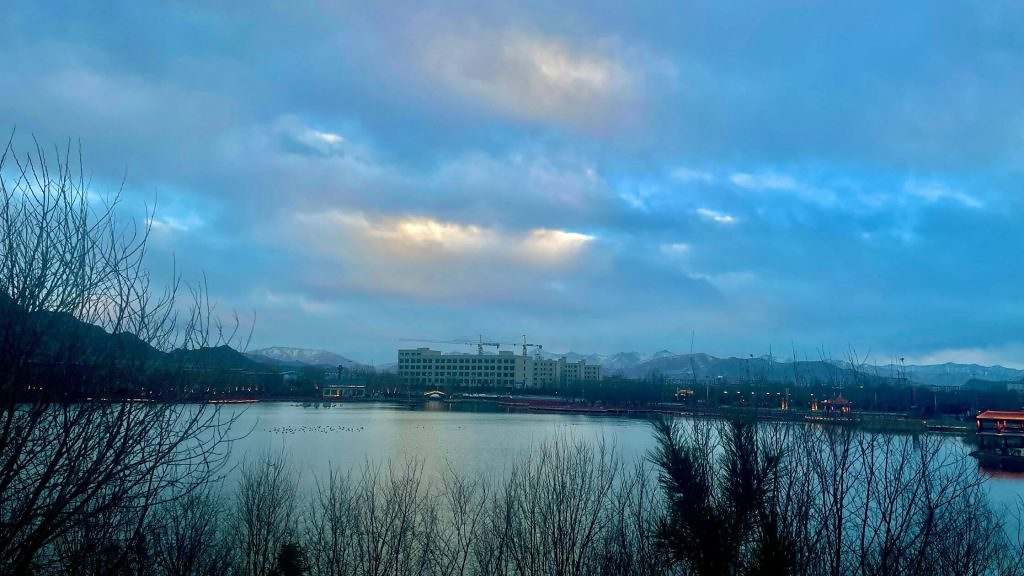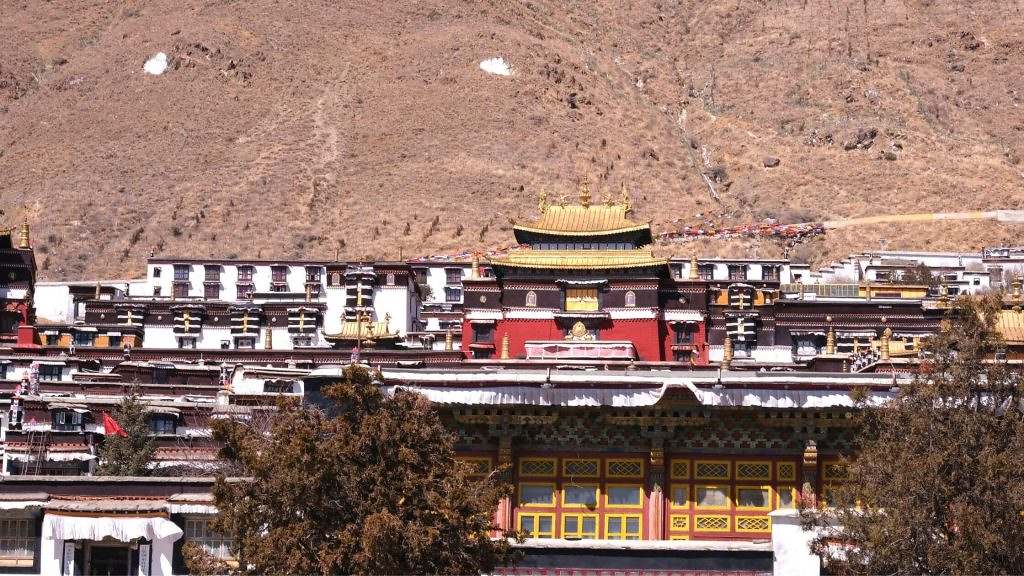
Shigatse city is the second most significant city in Tibet Autonomous Region. The city is situated at an altitude of 3,900m (12,795ft). Originally known as Shiga Samdrubtse, it was until the 16th century far less significant than the other great sites of the Nyangchu valley and its environs like Sur Sangakling, Shalu, and Gyantse.

In 1565, Shigatse was the capital of Tibet during the Rinpungpas period ruled by KarmaTseten of the Nyak family. Nyak family ruled until 1642. The Mongols sacked Shigatse and Lhasa became the capital of Tibet. Though deprived of its primary political power, Shigatse flourished as the seat of government in Tsang and as the residence of Panchen Lama. It became an important trading center. Goods imported from India included iron wares, cotton, spices, and sugar; from China, they included porcelain, tea, and figs; from Ladakh came dried fruits and turquoises.
At present, Shigatse is the capital of the Shigatse district of the Tibet Autonomous Region, responsible for the administration of 19 counties. Shigatse is about 348 km from Lhasa city and about 475km from the Nepal border.
